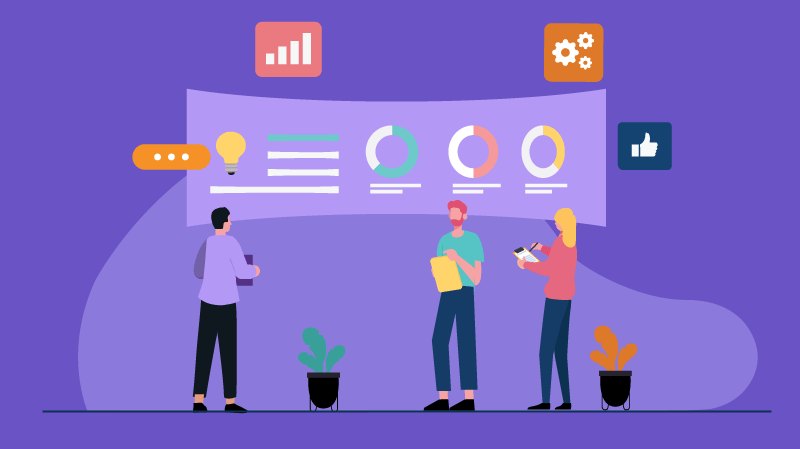Creating A Seamless Digital Employee Experience: Best Practices
For millennials, work is more than just earning a handsome salary. It extends to finding fulfillment in a welcoming and inclusive environment where people value and encourage communication. However, incorporating technology into an organization's structure and fostering a digital employee experience has significantly increased their satisfaction and happiness.
85% of employees are likely to stay beyond three years in their jobs if they feel they have the technology that supports them at work.
In this post, we'll define "digital employee experience," discuss why it's more crucial than ever, and show you how to utilize technology to standardize employee experiences throughout your whole company.
What is the digital employee experience?
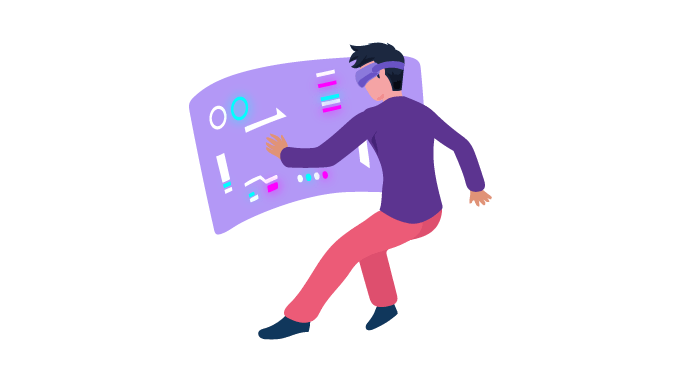
Digital employee experience encompasses all interactions and engagements employees have with technology at work.
It encompasses everything from communicating and collaborating to accessing resources and performing tasks using digital tools and platforms. In essence, it's about the overall quality of their technological interactions within the workplace environment.
Looking closely, here are some touchpoints that make up a whole digital employee experience for employees:
-
Messaging: Talking in real-time using tools like chats, email, and internal feeds.
-
Productivity Tools: Using calendars and other tools to get work done efficiently.
-
Communication: Reading company blogs, announcements, and documents.
-
Company Resources: Accessing HR portals, training materials, and organizational charts.
-
Admin Tasks: Doing things like checking pay stubs, requesting time off, and filling out forms.
Additionally, a crucial aspect of the digital employee experience is employee engagement. It refers to how connected and committed employees feel about their work and the organization. This can be fostered through various digital channels, such as:
-
Participating in online discussions and forums.
-
Providing feedback through employee surveys or feedback tools.
-
Recognizing and rewarding achievements through digital platforms, like Vantage Circle. Schedule a free demo to see how!
-
Encouraging collaboration and teamwork through digital collaboration tools.
Employee engagement plays a vital role in shaping a positive digital employee experience, as engaged employees are more likely to be productive, satisfied, and committed to their roles.
Elements of the digital employee experience
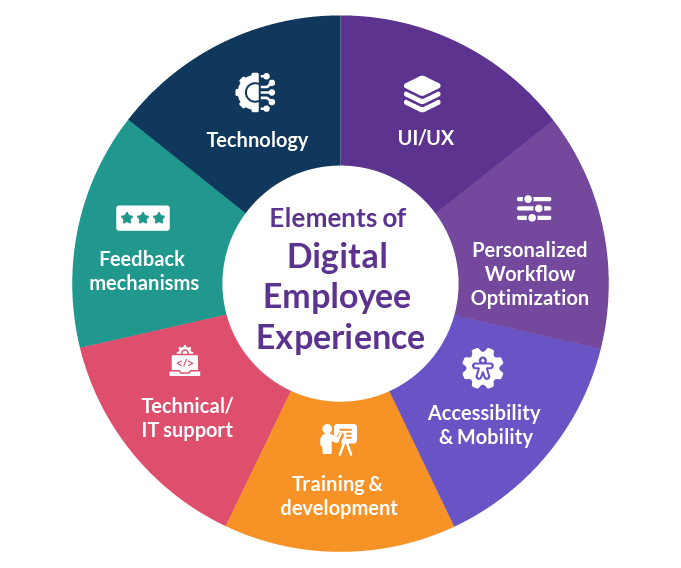
Now, let’s quickly have a look at these specific elements of the digital employee experience:
1. Technology
It refers to the digital tools and infrastructure used in the workplace. They must be up-to-date, reliable, and secure.
2. Interface for users (UI) and Experience for users (UX)
It refers to the design and functionality of the digital tools with which employees will interact.
3. Personalized Workflow Optimization
Customizing digital tools and processes to fit the unique needs of employees or teams, enhancing efficiency and satisfaction.
4. Accessibility & Mobility
Ensuring digital tools are usable by all employees, including those with disabilities, and enabling remote work on various devices.
5. Training and development
Adequate assistance and materials to enable employees to understand and use these digital tools efficiently.
6. Technical/ IT support
Delivering quick, effective technical support to fix problems with digital tools and platforms that can compromise an employee's work.
7. Feedback mechanisms
Enabling employees to express their observations, complaints, and suggestions concerning the digital tools and platforms that they use.
An appropriate combination of these elements can guarantee employees a seamless and efficient digital experience, enhancing their output and satisfaction in their roles.
Why does digital employee experience matter?
Digital employee experience matters because it directly impacts employees' ability to accomplish tasks efficiently. A smooth digital experience fosters productivity and satisfaction. Whereas a clunky one hampers progress and may lead employees to seek alternatives outside the company.
Important statistics related to the importance of digital employee experience
In 2022, 1e conducted an interesting survey to understand the state of Digital Employee Experience (DEX). It was conducted among 300 IT decision-makers and knowledge workers from companies with 5,000+ employees. Here are the key findings:
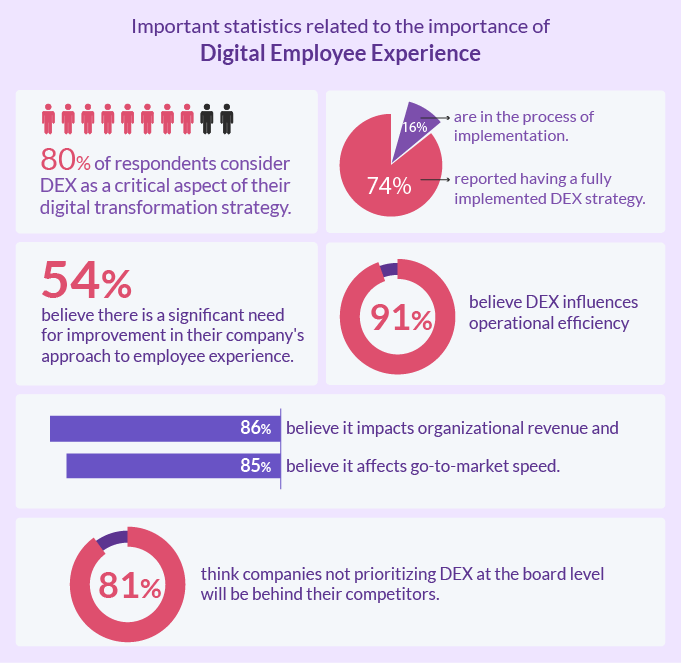
How does digital employee experience impact employee satisfaction?
Suppose you’re trying to get your work done, but your laptop is slow. Isn’t it like hitting roadblocks at every turn? That creates frustration which is a surefire way to make you dissatisfied with your job.
Conversely, when you have access to a fast laptop, stress reduces instantly. And it's not just about the laptop. Any smooth, user-friendly technology helps you breeze through your tasks.
What's more, when you have tools that make your job easy, it makes you feel valued and supported by the company. You know they're investing in you by giving you what you need to thrive. It is what enhances your satisfaction with your role.
So, bottom line:
A positive digital employee experience isn't just about making work easier—it's about keeping employees happy, engaged, and committed to the company for the long haul.
And here's the kicker: engaged employees tend to stick around longer. But if the tech at work is a constant headache, it could push you to start looking for a new gig, even if everything else about the company seems fine.
Creating a seamless digital employee experience
A good place to start when building a strong digital employee experience is to ask employees what's working and what isn't for them. And then act upon those insights.
To start that process, follow these five steps:
1. Identify needs and goals
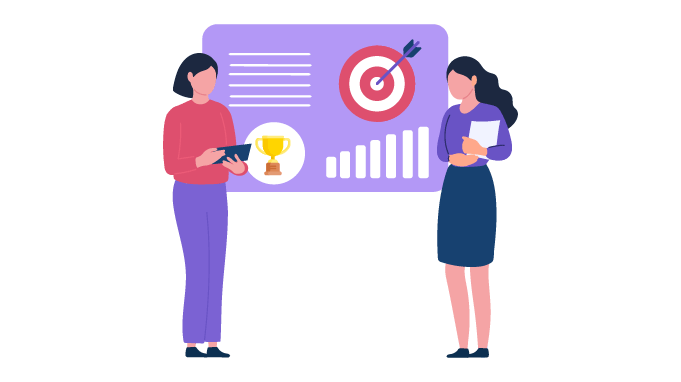
Before implementing strategies for a successful DEX, you must:
-
Understand the requirements and expectations of your employees.
-
Define the goals of the DEX, such as improving productivity, enhancing collaboration, boosting employee satisfaction, and fostering a positive work culture.
2. Choose the right tools
Before delving into the implementation phase of your Digital Employee Experience (DEX), it’s crucial to:
-
Select the digital tools and platforms that align with the needs and preferences of your workforce.
-
Consider tools for communication, collaboration, project management, knowledge sharing, and employee feedback. The right tools will create a seamless digital experience.
3. Prioritize user experience
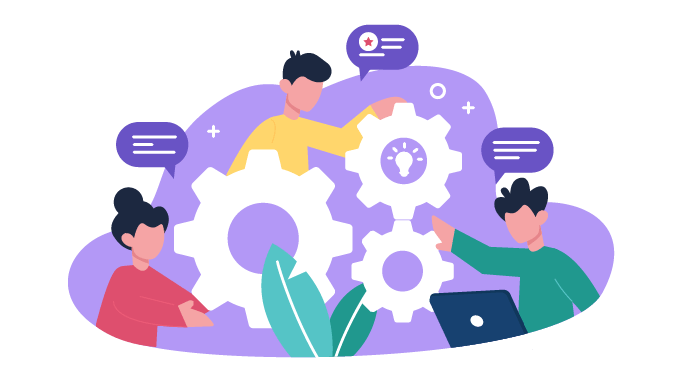
It is crucial that your employees find the technology easy to use. Thus, design intuitive and user-friendly interfaces for all digital tools and platforms.
Customize the user experience based on the roles and responsibilities of different employees.
Gather feedback regularly and iterate on the design to address any usability issues or pain points.
4. Streamline workflows
Identify key workflows and processes within the organization.
Streamline workflows by automating repetitive tasks and eliminating unnecessary steps. Doing so will help remove extra load and increase focus on priority tasks.
Integrate digital tools to create seamless end-to-end processes, from task assignment to completion.
Ensure compatibility and interoperability between different systems to avoid bottlenecks and inefficiencies.
5. Invest in training and support
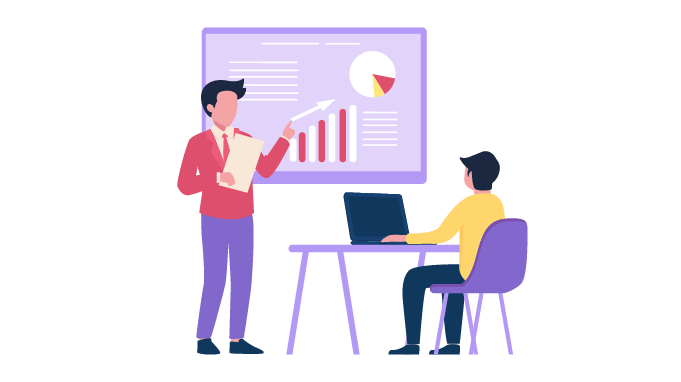
Offer comprehensive training programs to familiarize employees with digital tools and platforms.
Provide ongoing support through helpdesk services, tutorials, and knowledge bases.
Encourage continuous learning and skill development to empower employees to make the most of the digital workplace.
Foster a culture of experimentation and innovation, where employees feel encouraged to explore new tools and workflows to improve their productivity and effectiveness.
By focusing on these areas, organizations can create a seamless digital employee experience that enhances productivity, collaboration, and employee satisfaction, ultimately driving better business outcomes.
Measuring digital employee experience
Receiving honest feedback from your employees is the best approach to determine the success of your DEX strategy. Employees are first-hand people who will recognize the issues that require the greatest attention. At the same time, they will appreciate the actions taken to solve those issues.
However, you can use the following to measure the effectiveness of your DEX:
1. Employee Pulse Surveys
Employee pulse surveys are short surveys you can send to employees to ask how they're doing with digital tools and systems at work. They give you a snapshot of how people feel about their digital work experience.
For example, if employees consistently report low satisfaction with a particular internal software application, this might indicate that the application is not user-friendly or does not meet employees' needs. IT can then take steps to improve the technology and enhance the UX. In short, they can then make improvements to make their digital work-life better.
2. DXO
Digital Experience Observability (DXO) is a way to keep a close eye on how people are experiencing your digital stuff. It's like having a set of tools that help you understand and improve the way users interact with digital things. Here's how it works:
-
Monitoring: Think of this as checking the health of your digital stuff. You keep track of things like how fast a page loads and how quickly servers respond. It’s especially helpful if there are any errors in the system. It's all about making sure everything is running smoothly.
-
Analytics: This is where you gather information about how users are using your digital stuff. You look at things like what buttons they click, how they move around the site or app, and where they spend the most time. It's like watching a recording of how people interact with your digital stuff.
-
IT Helpdesk Tickets: These tickets show us where people struggle with digital stuff. By looking at the types of issues users face, like apps crashing or trouble accessing features, you can spot what needs fixing. Including this info in the observability helps in measuring digital experience easier for everyone.
-
Insights: Once you have all this data, you can start figuring out what's working well and what could be better. You might spot areas where people are getting stuck or frustrated. Finally, you can come up with ways to make those experiences smoother and more enjoyable. It's about using what you've learned to make smart decisions and improve the overall digital experience.
So, digital experience observability is all about observing how people using digital stuff, understanding what they're doing, and using that knowledge to make things better for them.
3. Identify Workflow Automation & Remediation Metrics
You can measure a few specific factors to see how much better workflow automation and fixing problems are making things. These could be things like how much time you save by not doing repetitive tasks, how many mistakes are reduced, or how much more work gets done. The data can be further incorporated into your DEX score to assess how effectively digital tools and processes are streamlining your workflows, and improving the employee experience.
Example of digital employee experience
Some examples of what a good digital experience for employees looks like:
-
Single Sign-On: This streamlines access by allowing users to log in once for multiple websites.
-
Quick IT Help Desk: It ensures getting fast help with any tech problems you have.
-
Feedback Tool: Think of a tool where you can share ideas and vote on what features you want.
-
Phishing Protection: This means being protected from tricky emails that try to steal your info.
-
User-Friendly CRM: Imagine using a customer tool that feels like it was made just for you.
You don't have to perfect everything at once. The key is to ask employees how they feel about technology and how well the IT team handles issues. Then, use their feedback to improve.
Related Read: 15 Best Employee Experience Platforms
Conclusion
In wrapping up, embracing the digital employee experience isn't just a choice; it's a game-changer in today's world of digital transformation. When technology supports and empowers your team, it's like adding rocket fuel to your business.
And guess what? HR holds the keys to this rocket ship. By focusing on making work enjoyable and efficient, HR becomes the captain of a crew ready to navigate any digital storm.
So, as you steer your organization through the digital waves, remember:
DEX isn't just about staying ahead; it's about creating a crew that's excited to sail with you toward success.







